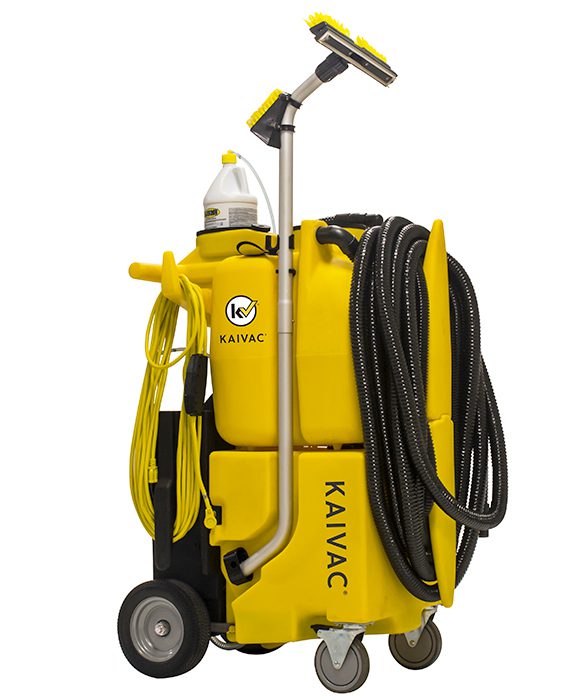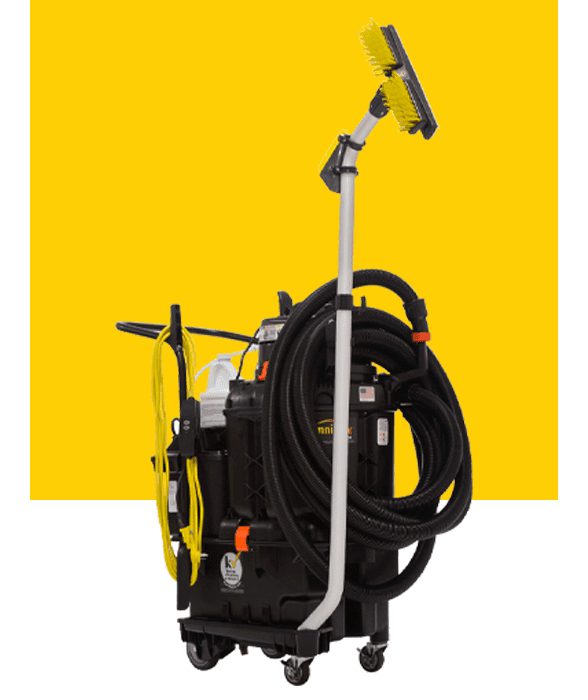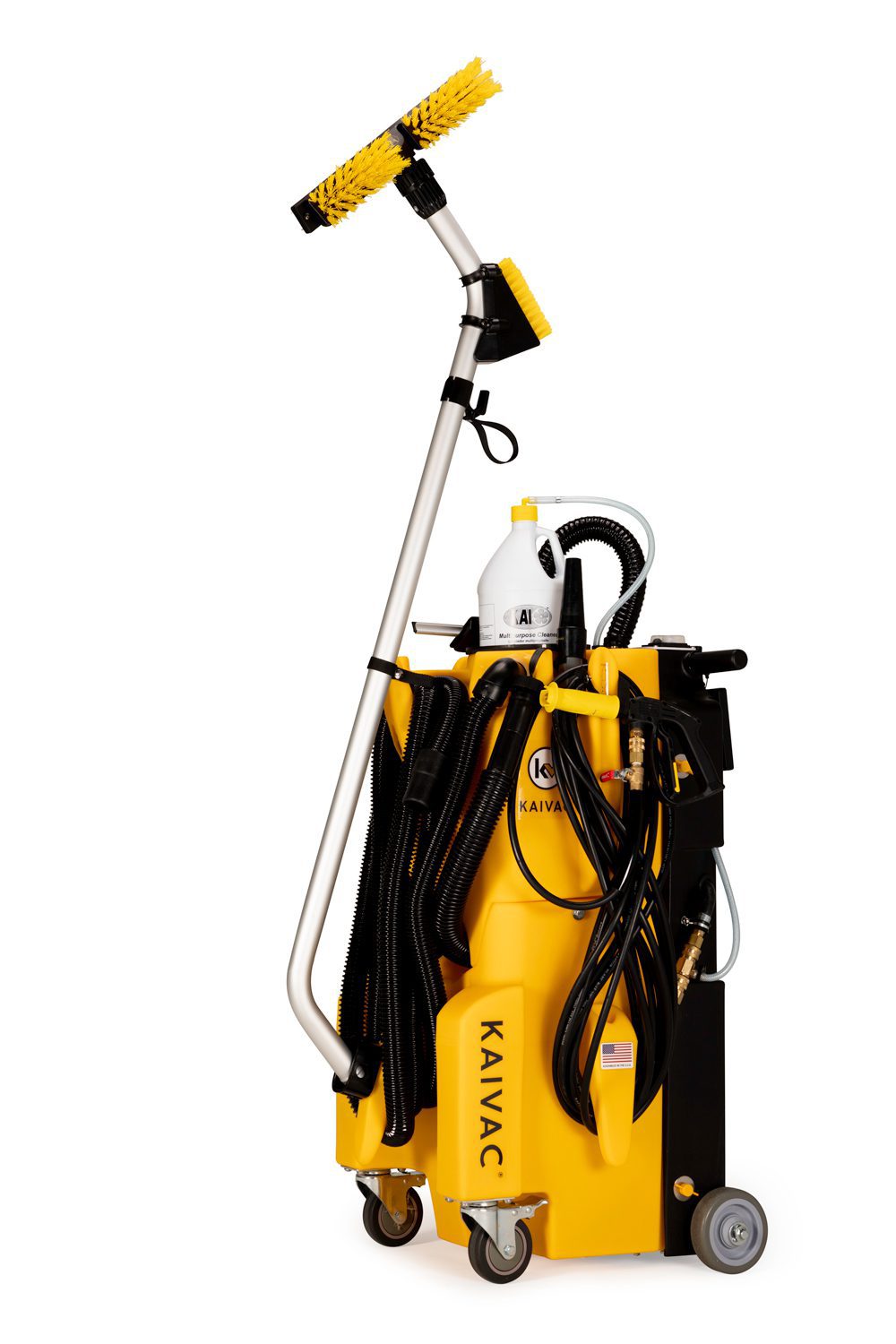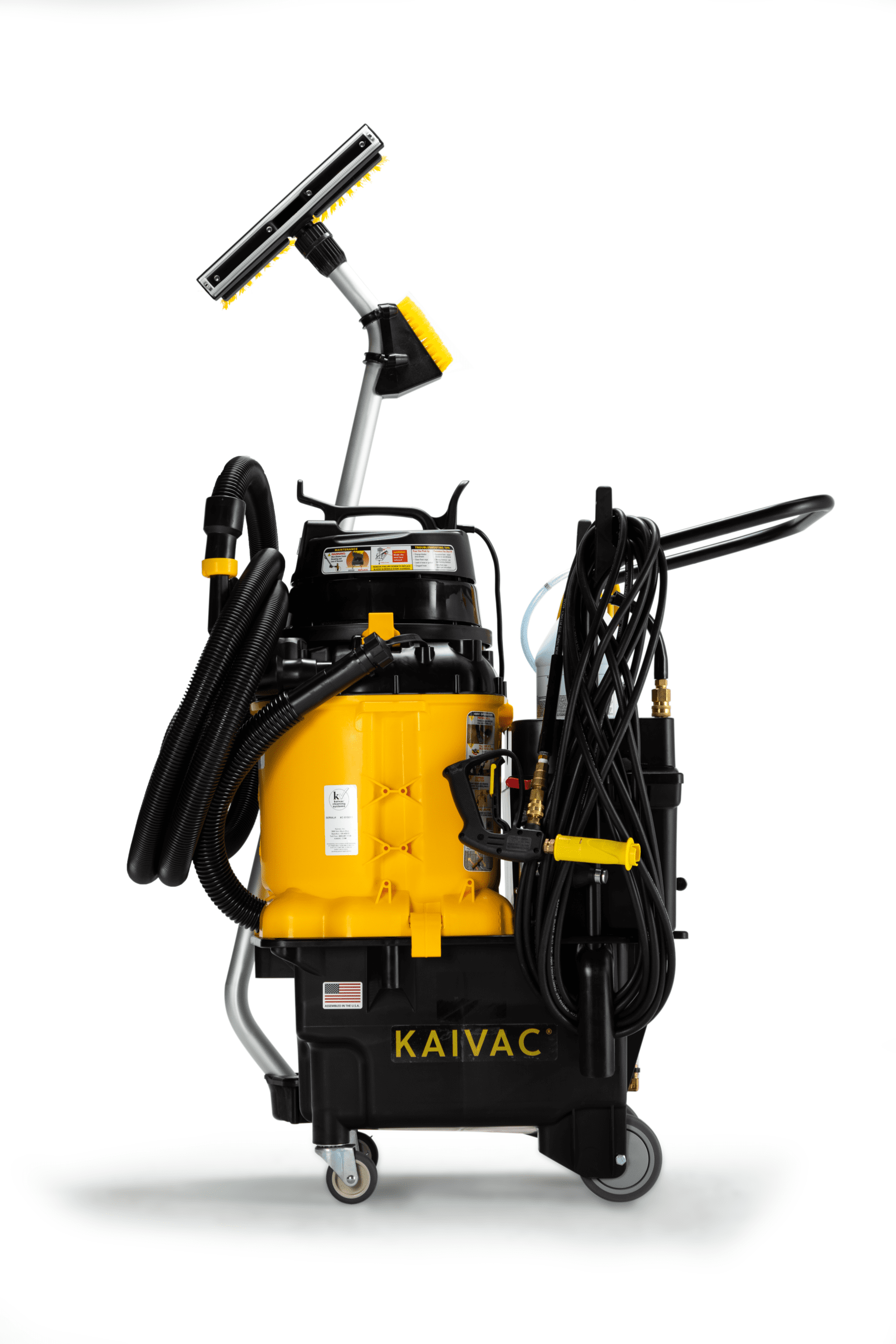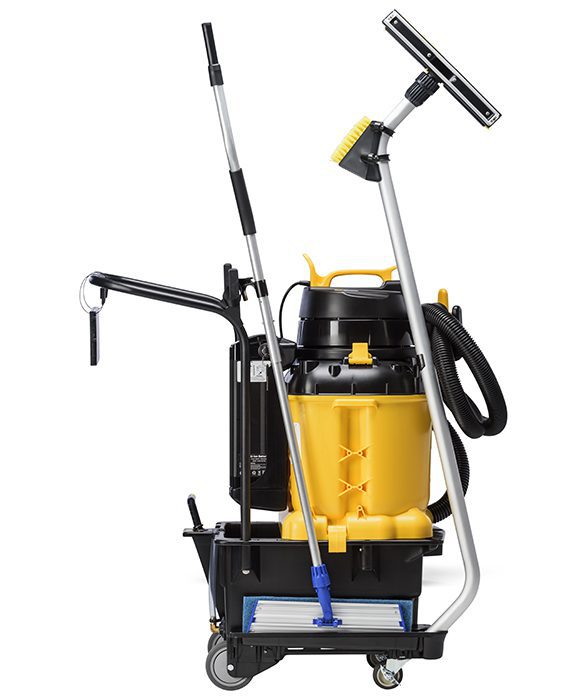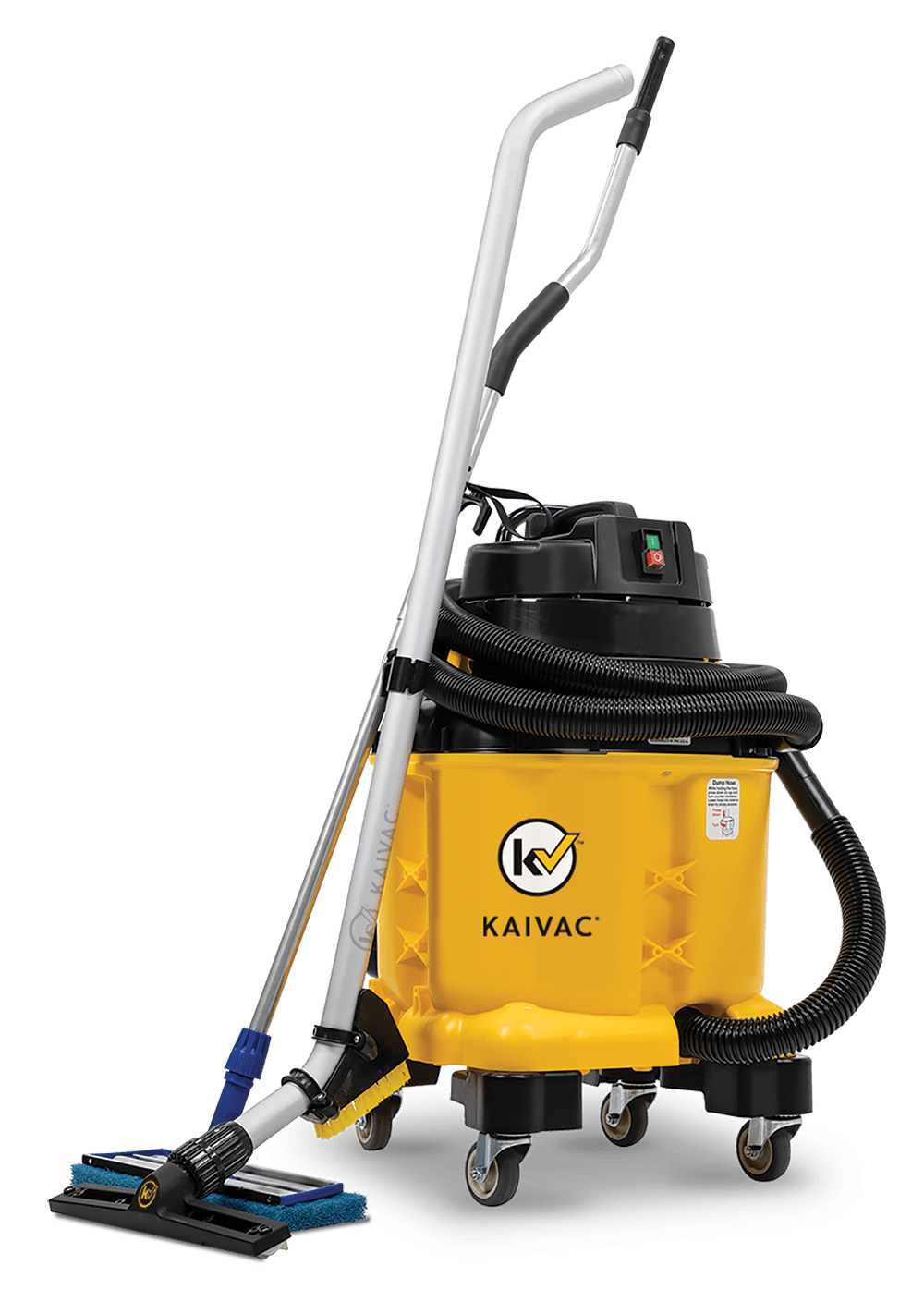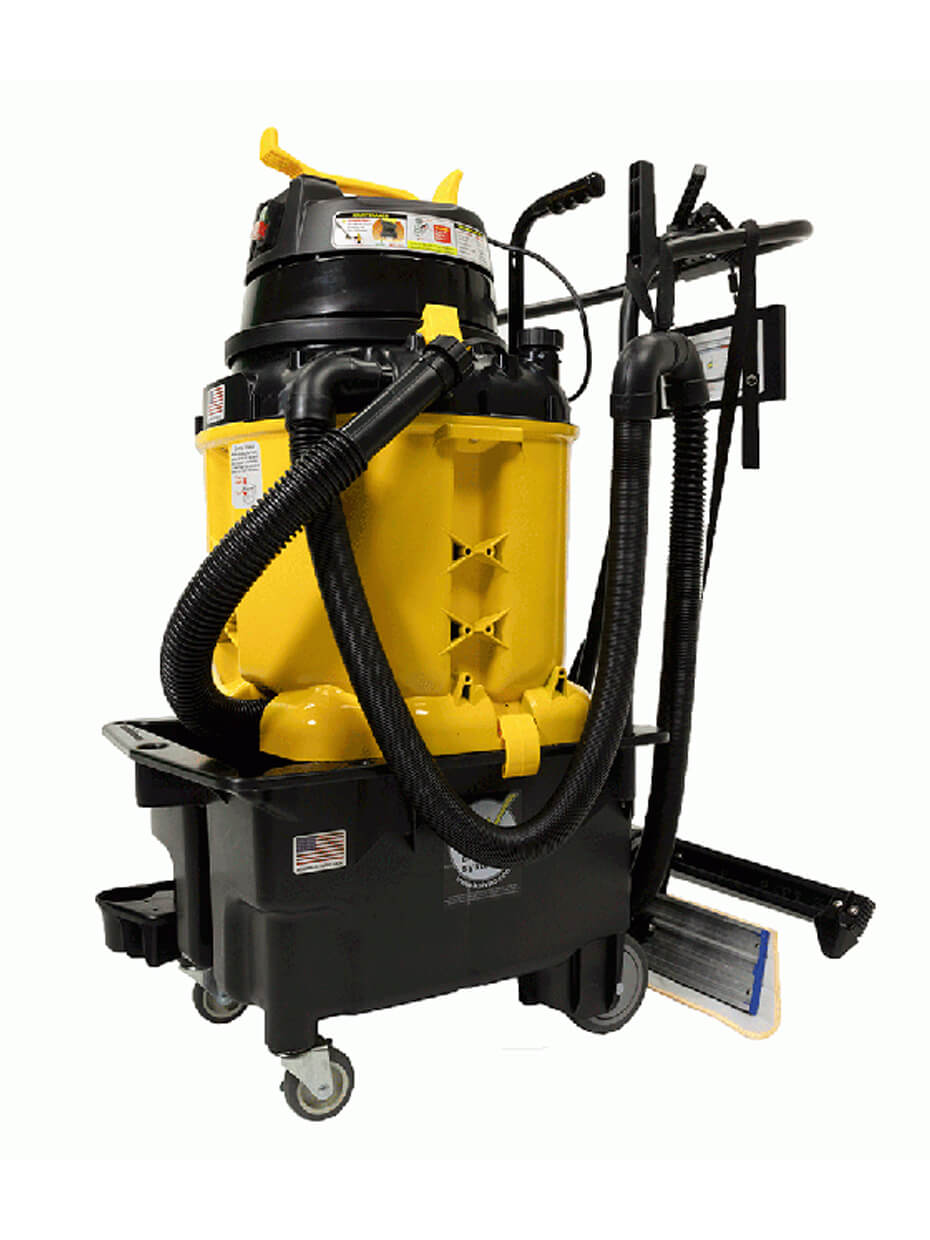How to Clean Kennels: The Definitive Guide for Kennel Cleaners
Dog kennel cleaning is definitely not the most glamorous part of running a pet business, but when it comes to impressing your dog loving customers, it is the most important. There are approximately 9,000 boarding kennels in the United States and Canada, according to PetMD.com, and that doesn’t include breeding kennels, training kennels and veterinary hospitals. With so many options, pet owners can be choosy about what kennel will board their dog (or cat).
Keep your customer’s dogs and cats healthy while helping your business thrive by following a kennel cleaning protocol.
How to Clean a Dog Kennel
- Start cleaning a kennel by removing the animal. NEVER leave a pet in the kennel during the cleaning process. Place the dog or cat in a separate holding area.
- Remove feeding and water bowls, bedding and toys.
- Clean bowls by soaking them in a diluted disinfectant solution. Rinse and dry or run through a dishwasher. Blankets and other soft bedding should be washed in a washing machine.
- Scoop all solid waste from the kennel and sweep up any fur or hair.
- Rinse kennel with hot water.
- Dilute disinfectant and cleaning agents according to manufacturers’ instruction. Take care as improperly diluted products can corrode metal cages and hurt animals. Spray cleaning solution to all surfaces using a Kaivac Spray and Vac Machine.
- Starting at the top, scrub the entire kennel with a stiff-bristled brush. Don’t forget the ceiling or the walls above dog height as disease can be transmitted from any unsanitized section. Pay attention to resting boards, the fronts and backs of doors, hinges, latches and any surfaces between the runs.
- Let the solution dwell as instructed.
- Thoroughly rinse all surfaces with water. Using a Kaivac Spray and Vac Cleaning Machine vacuum as completely as possible using a squeegee. Fans or other ventilation can also be used.
- Replace clean food and water bowls, bedding and toys. The kennel is now ready for the animal.
Pet Care: A Growing Business that Keeps Growing
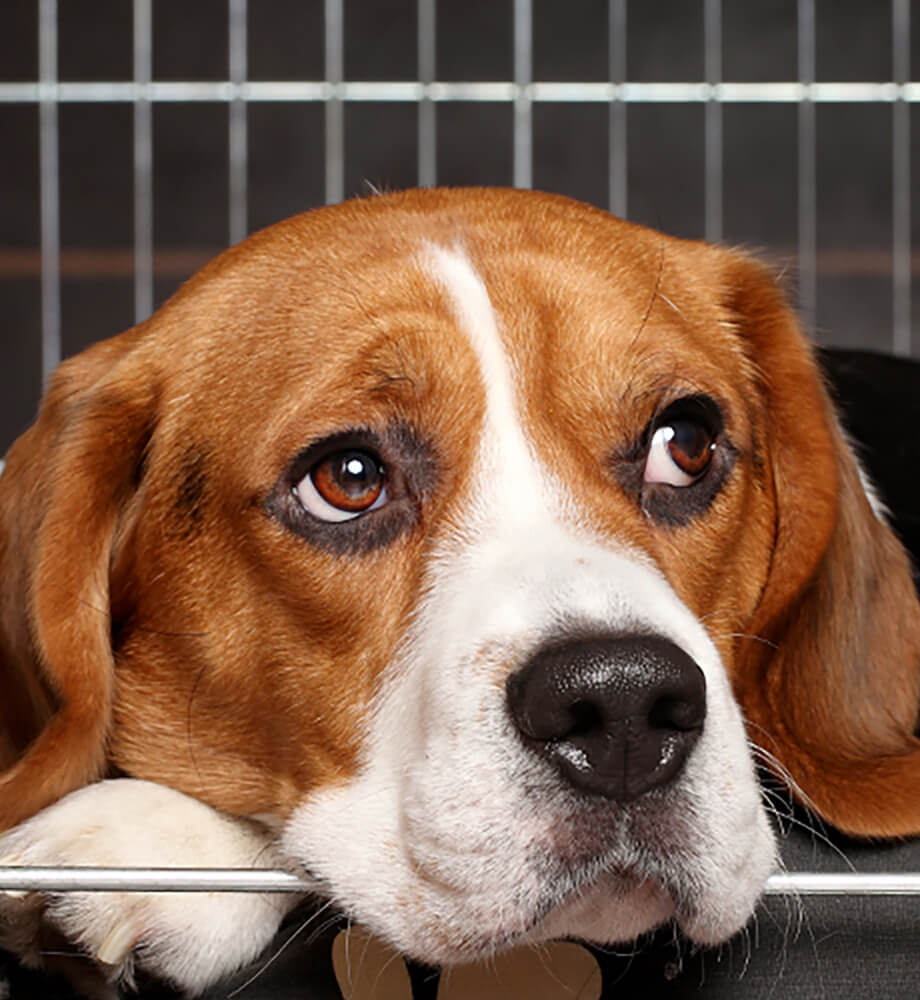 The robust pet services and boarding sector shows no sign of slowing down. The American Pet Products Association (APPA) estimates that U.S. pet owners spent some $69.4 billion dollars on their companions in 2017. APPA’s National Pet Owners Survey reports that 68% of U.S. households own a pet. Cats, at 94.2 million are still more numerous than the 89.7 million dogs, but more households–60.2 million–own a dog, compared to the 47.1 million who have a cat (or two or three!)
The robust pet services and boarding sector shows no sign of slowing down. The American Pet Products Association (APPA) estimates that U.S. pet owners spent some $69.4 billion dollars on their companions in 2017. APPA’s National Pet Owners Survey reports that 68% of U.S. households own a pet. Cats, at 94.2 million are still more numerous than the 89.7 million dogs, but more households–60.2 million–own a dog, compared to the 47.1 million who have a cat (or two or three!)
Pet parents (yes, that’s a term) plan on spending an average of $322 this year on boarding their dogs and $164 to board their cats.
Kennel Cleaning Protocols: A Must for Health and Safety
Dirty kennels stink. But more than just unpleasant odors, an unclean kennel poses a threat to the healthy animals boarding there. For instance, Canine parvovirus type 2, more commonly known as parvo, is highly virulent and contagious. The disease is spread from dog to dog by direct contact with feces. Poor cleaning practices increase your risks.
Kennel cough gets its name because the infection, also known as canine infectious tracheobronchitis, is easily spread among dogs in close quarters, like a kennel. There are viral and bacterial versions of condition. Both are spread through the airborne droplets produced by an infected dog’s sneezing and coughing. Kennel cough cleaning prevention is a good proactive strategy.
Dogs should be vaccinated for both of these diseases. However, a vaccinated pup may still contract kennel cough, just like a vaccinated person may still come down with the flu.
Cat owners face the same risks when taking their animal to a kennel. Feline respiratory disease complex, or kennel cough in cats, may be rare but does strike cats living in crowded, unsanitary conditions. More chilling, kennel cough can be transmitted to people from their infected pets.
The best prevention for all of these conditions is thorough kennel cleaning with a high quality kennel floor cleaner and disinfecting protocol.
Kennel Cleaning Checklist: Choose a Disinfectant Wisely
The UC Davis Koret shelter medicine website provides a list of appropriate, animal safe disinfectants, with an important caveat. ‘No matter what [disinfectant] is used, it won’t destroy all pathogens.’ They suggest changing products once a week and stress the importance of mechanical cleaning with soap and water. ‘It helps a lot.’
The site offers helpful tips on how to use kennel cleaning products:
- Disinfectants MUST be used at the correct concentration.
- Adequate dwell time is required to kill bacteria.
- Disinfectants must be applied to an already cleaned, non-porous surface, free of organic matter.
- Disinfectants and detergents can cancel each other’s actions and should not be mixed unless specifically directed by the manufacturer.
- Using kennel cleaners incorrectly is a significant hazard that has led to the harm and even death of boarded animals.
The Best Cleaner for Kennel Cleans Faster and More Completely
Daily kennel cleaning is important, but the task is very time consuming. Old cleaning technology, like mops, rags and hoses, doesn’t speed up the process. They also may fail to decrease the risk of cross-contamination.
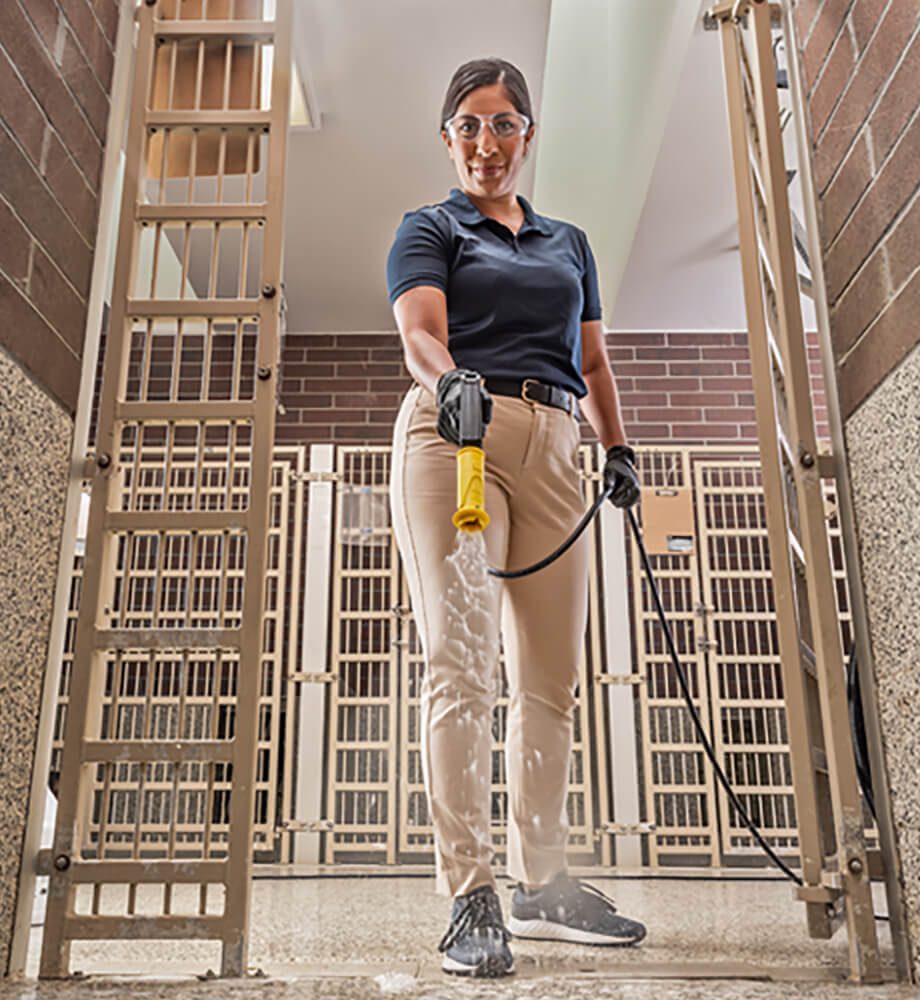 Newer technology from Kaivac removes the risk of cross-contamination while getting the job done faster. This was important to Chris Henderson, Chief Operating Officer of The Pet Hospitals, a full-service veterinary clinic with seven locations in Memphis, TN. ‘Efficiency is everything to me,’ he says.
Newer technology from Kaivac removes the risk of cross-contamination while getting the job done faster. This was important to Chris Henderson, Chief Operating Officer of The Pet Hospitals, a full-service veterinary clinic with seven locations in Memphis, TN. ‘Efficiency is everything to me,’ he says.
To make cleaning more efficient, Henderson purchased a Kaivac spray-and-vac system for their downtown location. The kennel area of this clinic was particularly hard to clean, as there were no floor drains. ‘My staff was doing the best they could with mops and a shop vac,’ recalls Henderson.
Switching to spray-and-vac technology from Kaivac allowed the staff to clean, sanitize and dry the kennel area quickly and completely with just one machine.
Jason Mesman, co-owner of Puppywood Pet Resort, agrees. ‘By replacing mops and buckets…[this technology] helps produce a cleaner indoor environment in less time, significantly reducing labor while making cleaning easier on our staff.’
Discover more about how to make kennel cleaning easier, faster and more complete. Check out the Kaivac Spray-and-Vac dog daycare cleaning system.
